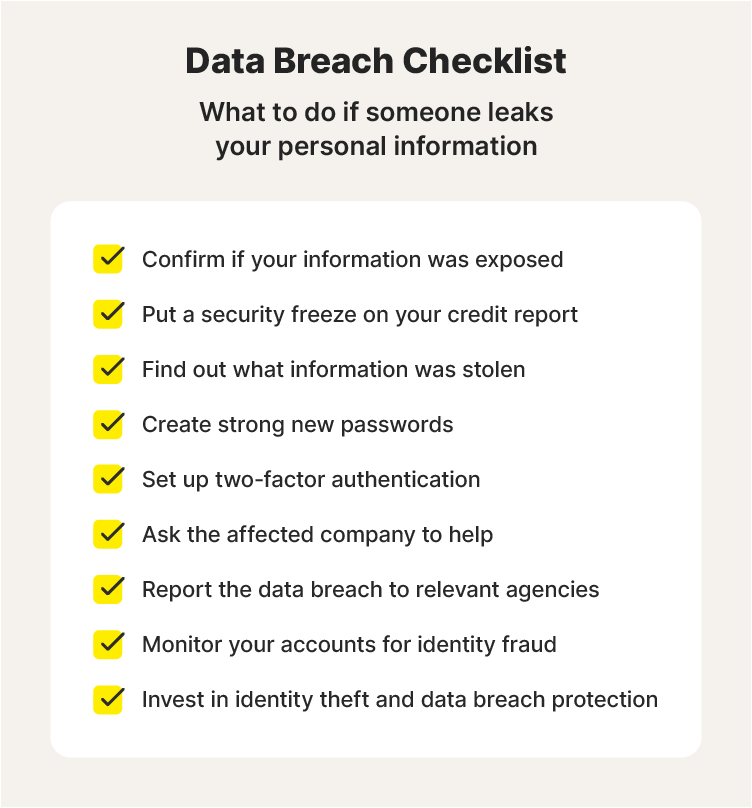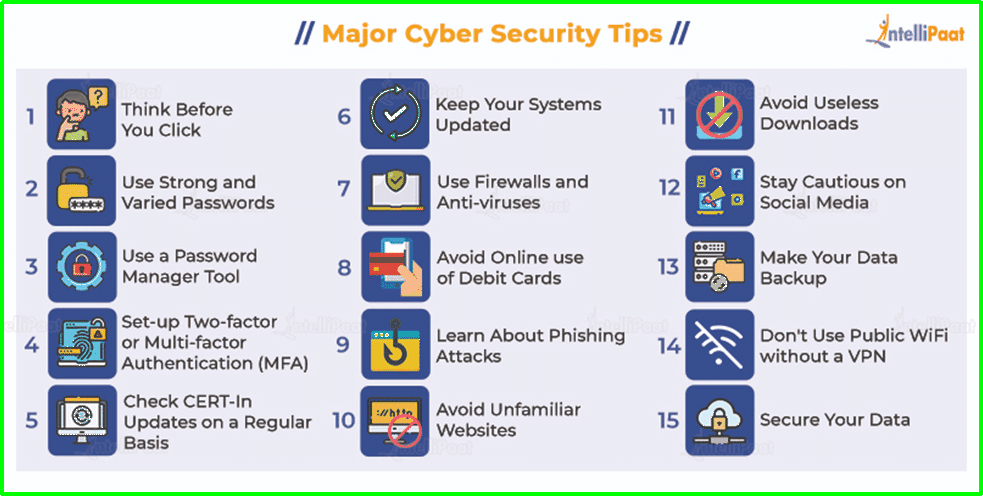
What to Do If Your Data Is Breached
- 0
In today’s digital age, data breaches have become a common occurrence. Whether it’s a large corporation or an individual, no one is immune to the threat of cyber attacks. If you find yourself in a situation where your data has been breached, it’s crucial to act quickly and decisively to minimize the damage. In this article, we will outline the steps you should take if your data is compromised.
1. Stay Calm and Assess the Situation
The first thing you should do if you suspect your data has been breached is to stay calm and assess the situation. Take a few deep breaths and try to gather as much information as possible about the breach. Determine what type of data has been compromised and how it may impact you or your organization.
2. Change Your Passwords
One of the first steps you should take after a data breach is to change all of your passwords. This includes your email, social media, banking, and any other accounts that may have been affected. Make sure to create strong, unique passwords for each account to prevent further unauthorized access.
3. Contact the Authorities
If your data breach involves sensitive information such as financial data or personal identifying information, it’s important to contact the appropriate authorities. This may include law enforcement, your bank, credit card companies, or other relevant agencies. They can provide guidance on how to protect yourself and mitigate any potential damage.
4. Notify Affected Parties
If the data breach involves personal information of others, such as customers or employees, it’s important to notify them as soon as possible. This can help them take proactive steps to protect themselves and prevent further damage. Be transparent about the breach and provide any necessary assistance or resources to affected parties.
5. Monitor Your Accounts
After a data breach, it’s essential to monitor your accounts closely for any suspicious activity. Keep an eye on your bank statements, credit reports, and other financial accounts for any unauthorized transactions. Consider enrolling in credit monitoring services to detect any potential signs of identity theft.
6. Update Your Security Measures
In the aftermath of a data breach, it’s crucial to review and update your security measures to prevent future incidents. This may include installing antivirus software, enabling two-factor authentication, and implementing regular data backups. Work with IT professionals to ensure your systems are secure and up to date.
7. Learn from the Experience
While a data breach can be a stressful and challenging experience, it’s also an opportunity to learn and improve your cybersecurity practices. Take the time to assess what went wrong and how you can better protect your data in the future. Consider investing in cybersecurity training for yourself or your employees to prevent future incidents.
Conclusion
In conclusion, experiencing a data breach can be a daunting experience, but it’s important to take action quickly and decisively. By following the steps outlined in this article, you can minimize the impact of the breach and protect yourself or your organization from further harm. Remember to stay vigilant, stay informed, and prioritize cybersecurity in all aspects of your digital life.

